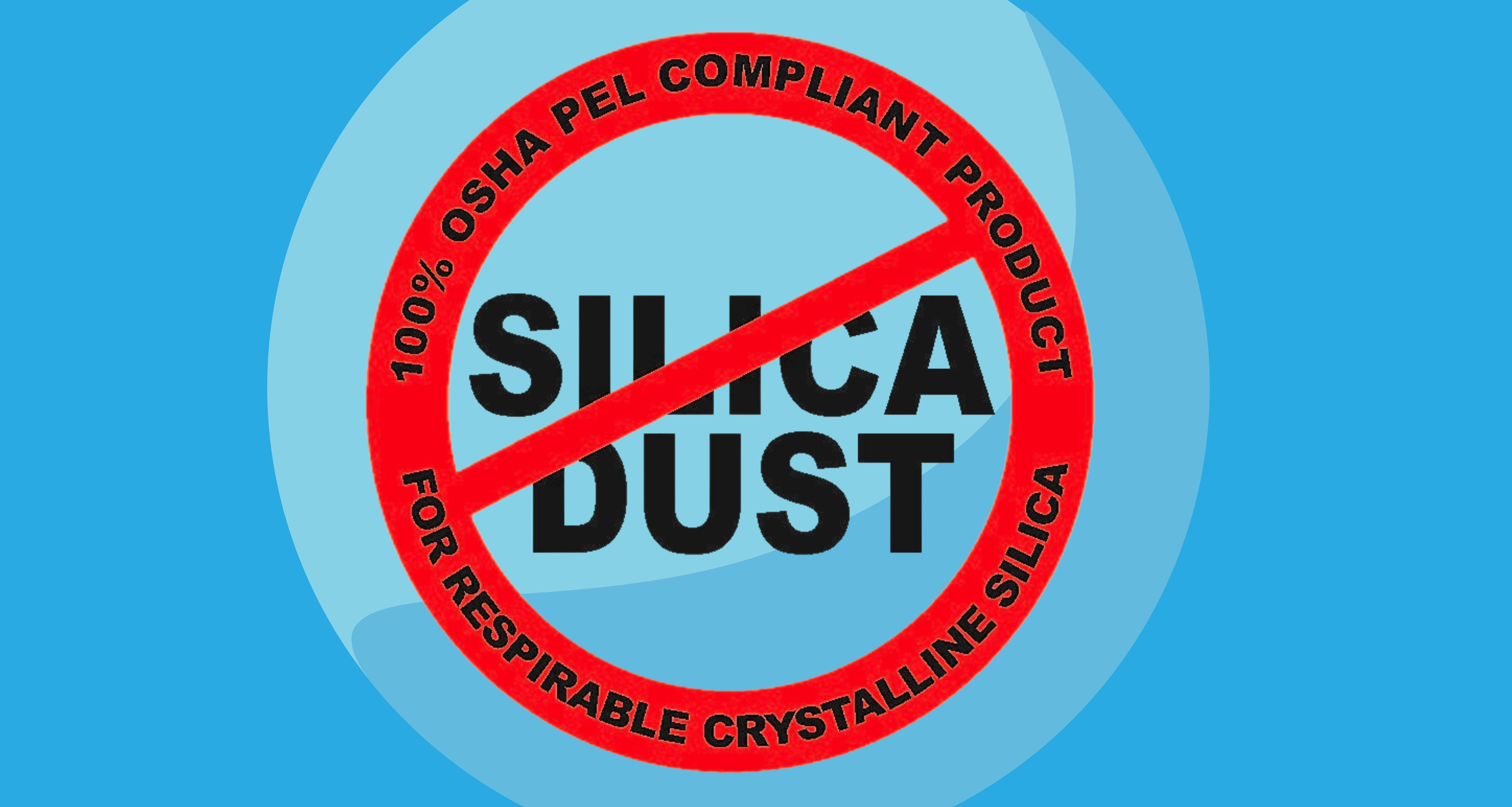Occupational Safety and Health Administration (OSHA) has been at the forefront of ensuring employees are protected from various workplace hazards. One significant area that OSHA has focused on is the issue of respirable crystalline silica exposure, which can lead to severe health complications for workers in industries such as:
- Construction
- Mining
- Manufacturing
In response to this pressing concern, OSHA introduced the Permissible Exposure Limit (PEL) for respirable crystalline silica, a critical standard to reduce workers’ exposure to hazardous substances. It is essential to know OSHA’s PEL for respirable crystalline silica and how it has impacted workplace safety.
OSHA Respirable Crystalline Silica: Why It’s Dangerous
Respirable crystalline silica is a dangerous substance found in materials like:
- Sand
- Concrete
- Stone
- Mortar
When workers cut or ground these materials using machinery or tools, fine particles become airborne, putting those nearby at risk of inhaling them. Once inhaled, these tiny particles can penetrate deep into lung tissue, causing silicosis – an incurable lung disease – and other respiratory disorders like chronic obstructive pulmonary disease (COPD) and even lung cancer. Consequently, limiting worker exposure to these harmful particles became a priority for OSHA, using measures such as personal protective equipment (PPE).
OSHA Crystalline Standard: Addressing the Public Health Crisis
To address this public health crisis, OSHA established a strict PEL for respirable crystalline silica at 50 micrograms per cubic meter of air averaged over an 8-hour workday. This limit was based on extensive research demonstrating that reducing exposure levels would significantly decrease the likelihood of developing silicosis and other related diseases among affected workers. Introducing this new standard marked a crucial step forward in safeguarding employee health within industries known for high levels of silica dust exposure.
In addition to setting forth the PEL for respirable crystalline silica, OSHA’s comprehensive standard includes several other requirements designed to protect employees from harmful exposures effectively. For instance, employers must develop and implement a written exposure control plan outlining specific strategies to reduce worker exposure. These measures may include:
- Using water or ventilation systems to suppress dust generation at the source
- Providing personal protective equipment like respirators when necessary
- Offering regular medical examinations for workers with prolonged exposure
Another vital component of OSHA’s respirable crystalline silica standard is proper employee training. Employers must ensure that all workers who may be exposed to this hazardous substance receive adequate information about its dangers, ways to mitigate risks, and recommendations for seeking medical attention if they suspect potential health issues. This emphasis on education underscores the importance of a well-informed workforce in preventing occupational diseases related to silica dust inhalation.
What Are the Challenges?
The implementation of OSHA’s PEL for respirable crystalline silica has not been without challenges. Some industry groups have criticized the standard as overly burdensome and costly, arguing that it could lead to job losses and stifle economic growth. However, these concerns should be weighed against the substantial progress made thus far in reducing workplace illnesses attributable to silica dust exposure. In fact, since the introduction of the new rule in 2016, there has been a notable decline in silicosis cases among affected workers – an encouraging trend highlighting the effectiveness of OSHA’s regulatory efforts.
All in all, OSHA’s PEL for respirable crystalline silica serves as a testament to the agency’s commitment to promoting safe and healthy work environments for employees across various industries. By establishing strict limits on permissible exposures, requiring comprehensive control plans from employers, and emphasizing worker education about the hazards associated with this dangerous substance, OSHA has taken significant strides toward mitigating the devastating health impacts of silica dust inhalation. While some critics argue that compliance can be costly or inconvenient for businesses, it is crucial to recognize that protecting worker health is ultimately an investment in our nation’s most valuable resource – its people.








